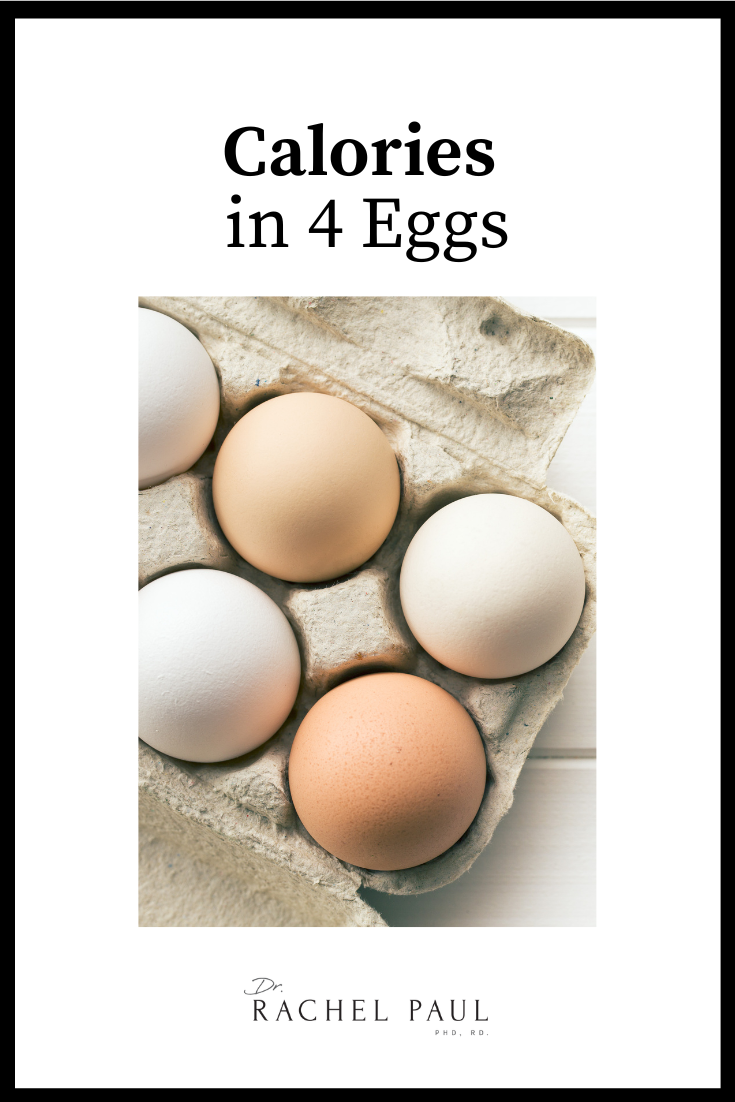
Effective Ways to Use a Printable Anti-Inflammatory Diet in 2025
As our understanding of health continues to evolve, the significance of diet in managing inflammation has come to the forefront. Inflammation is linked to a variety of chronic diseases, including arthritis, heart disease, and even certain types of cancer. With the increasing awareness of how food choices impact inflammation, a printable anti-inflammatory diet plan can help individuals navigate their dietary needs effectively.
This article will explore the essentials of using a printable anti-inflammatory diet, including food choices and meal preparation tips. Whether you’re looking to reduce inflammation for health reasons or simply to adopt a healthier lifestyle, this guide provides actionable strategies to incorporate into your daily routine. You will learn about key anti-inflammatory foods, the benefits of specific nutrients, cooking methods, and sample meal plans to keep you on track.
By the end, you’ll have a comprehensive understanding of how to make effective dietary changes, manage inflammation, and improve your overall well-being through mindful eating and meal planning.
Let’s dive in and learn how to harness the power of food in the fight against inflammation!
Understanding Foods to Reduce Inflammation
To begin with, it's vital to recognize which foods are beneficial for reducing inflammation. The core of an anti-inflammatory diet consists of a range of healthy eating options that promote well-being. Incorporating foods rich in antioxidants, like berries and leafy greens, can significantly contribute to inflammation reduction.
Foods like turmeric, known for its active compound curcumin, provide potent anti-inflammatory effects. Adding spices such as ginger and garlic can also enhance the flavor and health benefits of meals. Moreover, omega-3 fatty acids found in fish, flaxseeds, and walnuts play a crucial role in combating inflammation.
Processed foods, refined sugars, and trans fats are considered pro-inflammatory and should be avoided to maintain a balanced diet that fosters healing. Instead, aim to consume whole grains, healthy fats, and lean proteins while increasing your intake of fiber-rich foods to support gut health.
Essential Ingredients for Your Printable Anti-Inflammatory Diet
Starting an anti-inflammatory diet means stocking your kitchen with the right ingredients. Here are some essentials to include:
- Turmeric: Powerful anti-inflammatory and antioxidant properties.
- Omega-3 fatty acids: Found in fatty fish, flaxseeds, and chia seeds.
- Leafy greens: Spinach, kale, and Swiss chard are nutrient-dense options.
- Berries: Packed with antioxidants that can reduce inflammation.
- Citrus fruits: Provide vitamin C and other antioxidants.
- Whole grains: Quinoa, brown rice, and oats are great for fiber content.
- Nuts and seeds: Excellent sources of healthy fats and protein.
- Fermented foods: Support gut health with probiotics.
Meal Prep Ideas for an Anti-Inflammatory Diet
Meal preparation is a key strategy in sticking to any diet plan, especially the anti-inflammatory diet. Preparing meals in advance not only saves time but helps maintain healthy eating habits. Consider using a printable plate as your visual guide.
To get started, designate a day of the week for meal prepping. Begin with batch cooking grains such as quinoa or brown rice, which can be used throughout the week in various recipes. Chop vegetables and store them in containers for quick access.
Another effective practice is to prepare anti-inflammatory snacks, making it easier to resist processed foods. Options like homemade energy bites with nuts and seeds or yogurt parfaits with berries can keep your energy levels stable.
Don’t forget to keep a shopping list for anti-inflammatory diet essentials. This can help ensure you have all the necessary ingredients on hand for your weekly meals, keeping you committed to your healthy eating goals.
Creating a Balanced Anti-Inflammatory Meal Plan
A well-structured meal plan is essential for effective inflammation management. Start by including a variety of foods that provide the nutrients needed to combat inflammation.
For breakfast, consider an anti-inflammatory smoothie with spinach, banana, berries, and a scoop of flaxseeds. For lunch, a quinoa salad topped with leafy greens, cherry tomatoes, and pieces of grilled salmon can offer both taste and nutrition.
Incorporating snacking into your plan is also crucial. Options such as carrot sticks with hummus or a handful of mixed nuts can provide sustained energy throughout the day. As for dinner, a hearty vegetable stir-fry with tofu can be both filling and compliant with anti-inflammatory principles.
Remember to practice portion control and mindful eating. Enjoy each bite and focus on the flavors and textures of your meal to foster a positive relationship with food.
Cooking Techniques to Enhance Your Anti-Inflammatory Diet
The cooking methods you choose also play a pivotal role in maintaining the integrity of the nutrients in your foods. Opt for techniques that preserve flavor without adding unnecessary calories or unhealthy ingredients. Here are some effective cooking methods for an anti-inflammatory diet:
- Steaming: Preserves nutrients in vegetables and reduces the need for added fats.
- Grilling: Enhances flavors while allowing fats to drip away.
- Roasting: Caramelizes vegetables while keeping them nutrient-rich.
- Sautéing: Allows for quick cooking with minimal added fats; use olive oil or coconut oil for added health benefits.
- Fermenting: Increases gut-friendly probiotics; try making your own sauerkraut or yogurt.
Using these cooking techniques will not only help you maintain the nutrients in your food but also make meals more enjoyable. Additionally, this focuses on healing foods that promote a healthier lifestyle.
Engaging Family in Meal Prep
Taking an anti-inflammatory diet seriously is easier when the whole family participates. Get your family involved in meal planning and preparation, turning it into a fun activity that encourages healthy eating habits.
Have family meetings to discuss meal preferences and brainstorm anti-inflammatory recipes together. This helps create a sense of ownership, making children more likely to try new foods.
Consider designating a day where everyone can cook together. Assign different tasks so that everyone contributes, such as chopping vegetables or stirring pots. This not only helps with skill-building but also fosters teamwork and communication.
Moreover, kids can learn about the benefits of food as medicine, making the dietary changes feel more meaningful as they understand the good it does for their bodies.
Conclusion and Next Steps for Adopting an Anti-Inflammatory Diet
Understanding the connection between diet and inflammation can empower individuals to make strategic, health-boosting choices. As you adopt a printable anti-inflammatory diet plan, remember the significance of incorporating a variety of foods particularly rich in antioxidants and healthy fats.
Choosing to embrace a meal planning approach, mindful eating, and effective cooking techniques can lead to significant improvements in managing inflammation. This lifestyle change not only supports physical health but also mental and emotional well-being.
As you begin this journey, don’t hesitate to use resources available online for recipes, meal ideas, and community support. With time, you will find that these changes create a more resilient body and a more fulfilling life.

